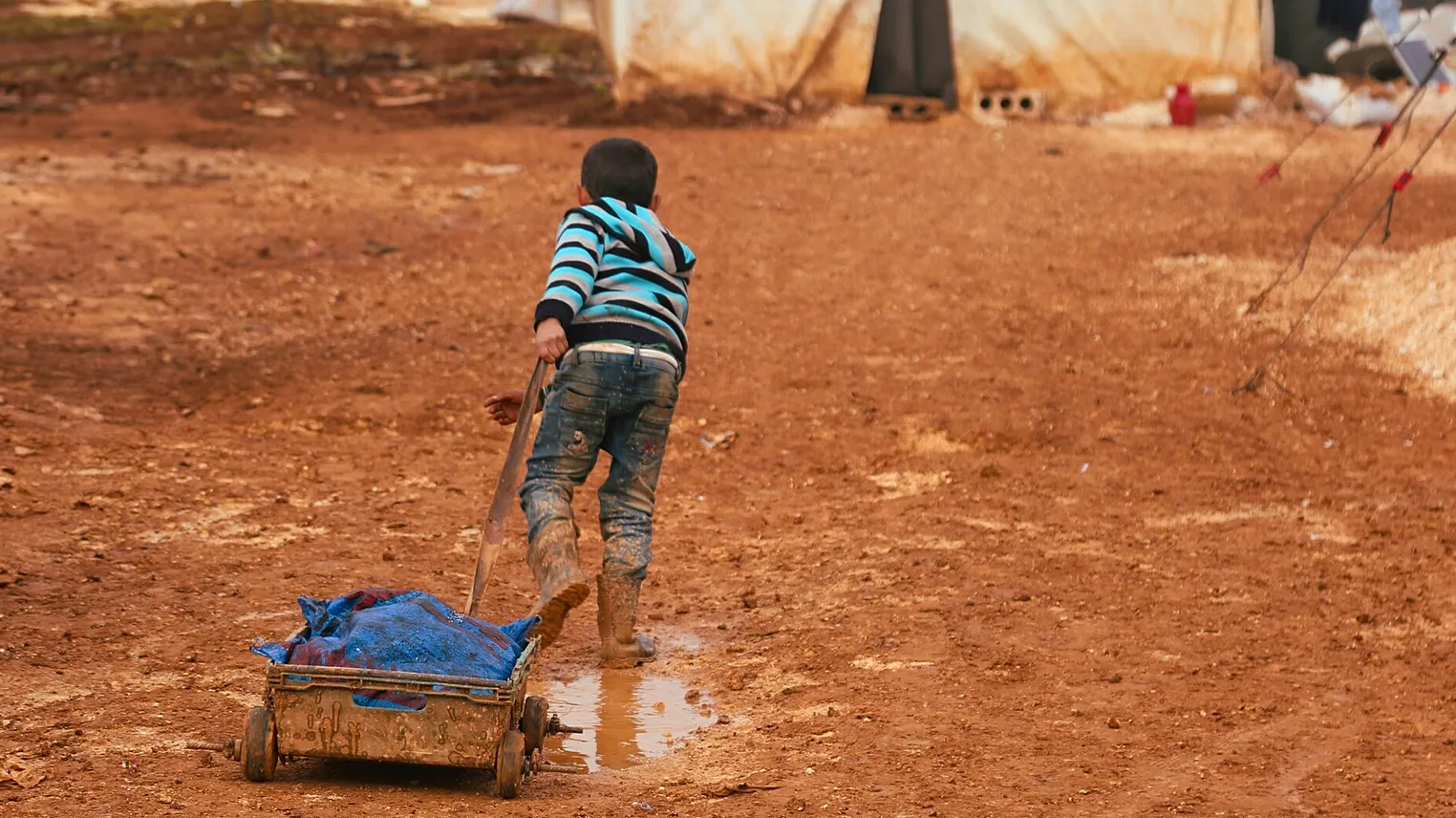
The 2025 Global Multidimensional Poverty Index, published by the UN Development Programme (UNDP) and the Oxford Poverty and Human Development Initiative (OPHI) ahead of next month's COP30 summit in Brazil, finds that 887 million people live in severe poverty and are exposed to at least one major climate hazard.
For the first time, researchers combined global climate risk data with indicators of multidimensional poverty — factors such as health, education, and access to clean water and energy — to show that poverty is not merely an economic condition but "deeply connected to planetary instability."
Multiple crises, overlapping risks
The analysis shows that 651 million people face two or more climate threats simultaneously, while 309 million live in areas where three or four hazards — including extreme heat, flooding, drought and air pollution — overlap.
Extreme heat affects 608 million of the world's poor, while 577 million are exposed to unsafe air. Flooding threatens 465 million, and drought affects 207 million, intensifying the "triple or quadruple burdens" that trap communities in poverty.
"Understanding where people and ecosystems are under the greatest stress is essential to crafting strategies that put human well-being at the heart of climate action," said Sabina Alkire, OPHI director and co-author of the report.
South Asia and Sub-Saharan Africa hit hardest
The report identifies South Asia and Sub-Saharan Africa as epicentres of overlapping poverty and climate risk. In South Asia, an estimated 99% of poor people — around 380 million individuals — live in areas affected by at least one climate hazard. In Sub-Saharan Africa, the number stands at 344 million.
Lower middle-income nations carry the greatest burden, with 548 million people living in poverty and exposed to at least one hazard — and nearly 470 million facing multiple threats.
Poverty beyond income
While poverty is often measured by income — defined by the UN as living on less than $3 (€2.50) a day — the multidimensional approach looks deeper, examining how deprivation manifests across multiple areas of life.
A poor person, researchers note, might suffer simultaneously from hunger, limited education, lack of electricity, unsafe water, and precarious employment.
In Bolivia, for example, Ricardo, a member of the Guarani Indigenous community, earns a small income as a day labourer and shares a crowded home with 18 relatives. Despite access to basic utilities, overcrowding, informal work, and the absence of schooling for his children illustrate how deprivation extends far beyond money.
"Their lives reflect the multidimensional realities of poverty," the report states. "Even where infrastructure exists, social and economic insecurity perpetuates deprivation."
A warning ahead of COP30
As the world prepares for COP30, the UNDP warns that the intersection of poverty and climate vulnerability is deepening — and demands urgent action.
"Our research shows that tackling global poverty and building a stable world means confronting the climate risks threatening nearly 900 million poor people," said Haoliang Xu, UNDP's acting administrator.
"When leaders gather in Brazil, their climate commitments must reignite the stalled progress on development — or risk leaving the world's poorest behind."